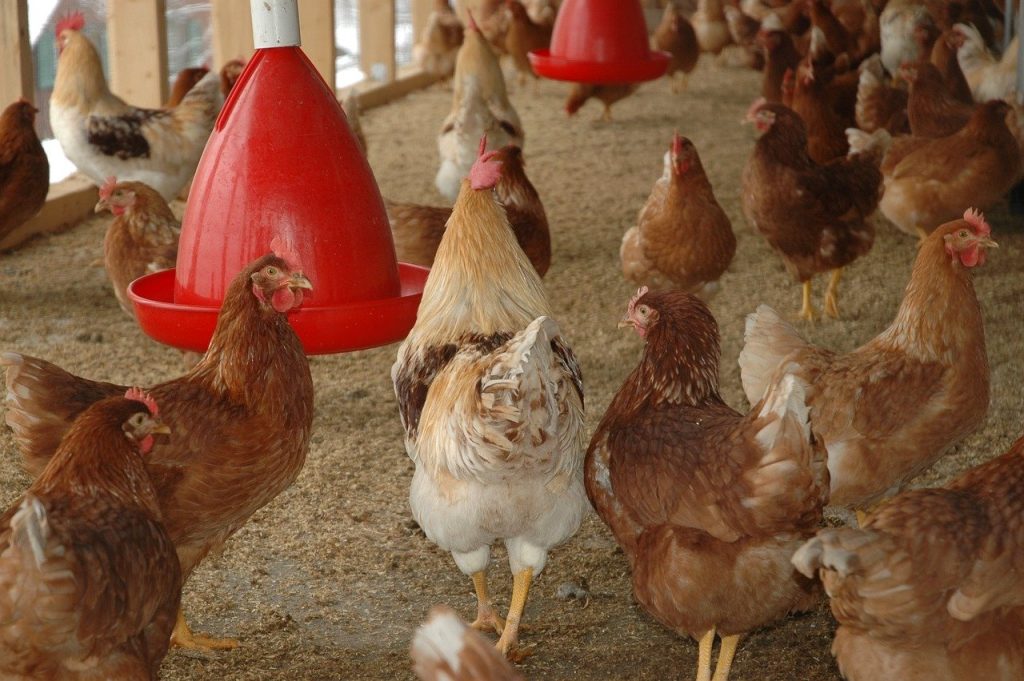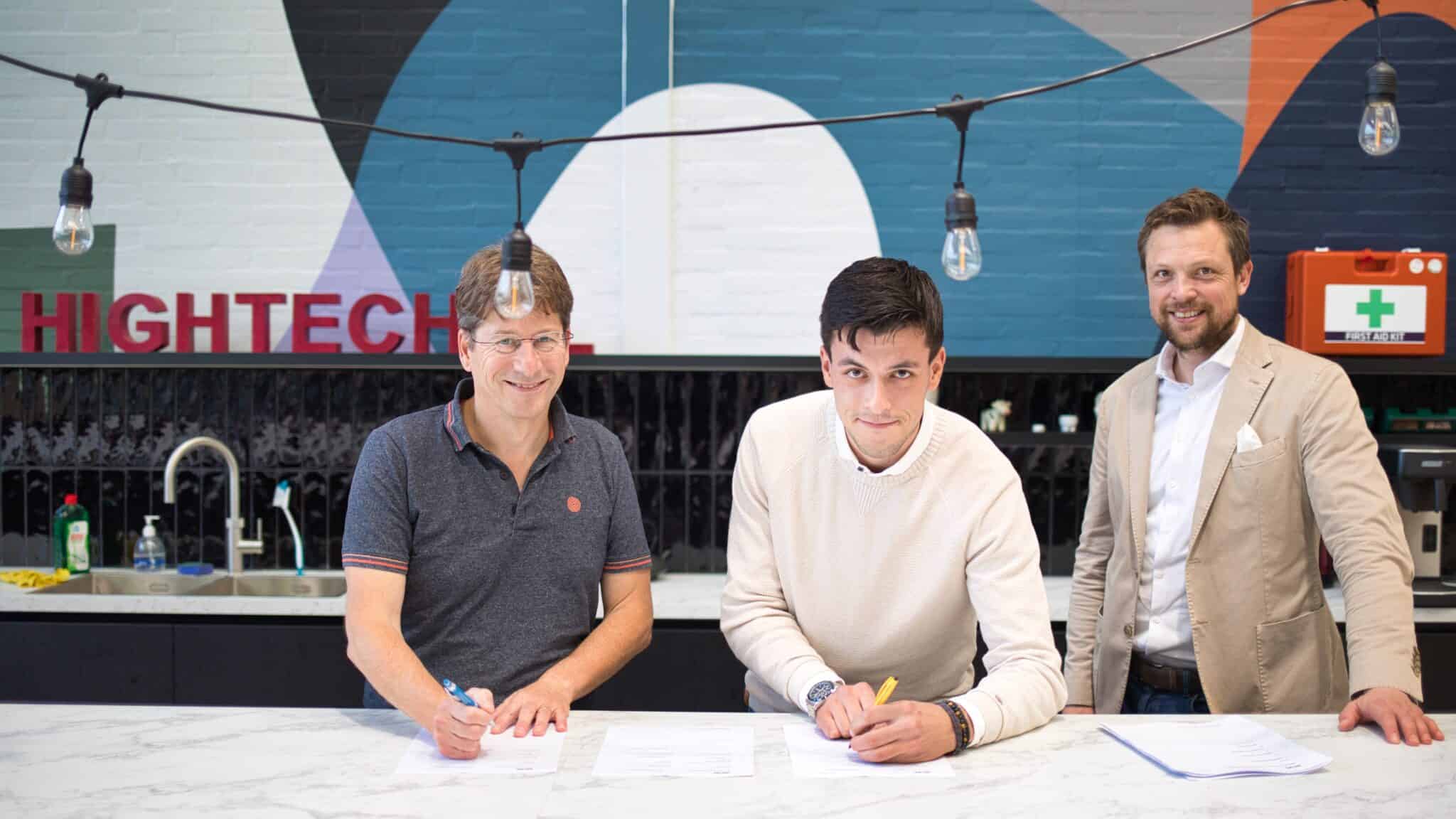Large farms often use antibiotics to prevent diseases, but over time resistance can become a problem. In addition, poor air quality in the stables poses health risks to animals and people. Researchers from Fraunhofer, in cooperation with PURION GmbH and GMBU, are developing an innovative device. This portable solution, which combines UV disinfection, photocatalysis and particle filtration, acts as an alternative to antibiotics and as an air purifier. It's mounted on the ceiling, Fraunhofer says press release.
Why do you need to know this?
The animals in the stables often get sick, so antibiotics are used. The danger is that animals become resistant to some viruses and bacteria. UV disinfection can be a good alternative to antibiotics.
The compact device can be quickly and flexibly integrated into poultry farms. It is suitable for closed stables and can also be used in pig farms. In addition, it can also be useful against viral diseases, such as in the fight against bird flu, which spreads in the winter months.
How it works
The device uses UVC LED lights to continuously disinfect the air in the stable. “Certain wavelengths of ultraviolet radiation have a strong microbicidal effect. Pathogens are eliminated by damaging their DNA,” explains Thomas Westerhof, a scientist at Fraunhofer. Compared with traditional mercury vapor lamps, LED lamps are resistant to vibration. It emits wavelengths with greater microbiological efficiency that inactivate viruses, bacteria and fungi and has no warm-up period. Furthermore, it does not contain mercury at all and is therefore safe for the environment.
Currently, UVA LEDs are often used to reduce chemical air pollution caused by ammonia and volatile organic compounds. “Ultraviolet rays strike the photocatalytic active surfaces of the device. Photocatalysis occurs as a result of this process. The moisture in the air is then used to form highly reactive substances that oxidize and burn organic materials. A number of organic compounds can be broken down further or Less effective. The project is investigating how the wavelength of the radiation source affects the efficiency of photocatalysis in combination with different photocatalysts. The results will then be used to determine whether further performance improvement is possible.
Innovation in poultry farming
“The goal of our project is to develop an integrated portable device – a real innovation for poultry farming. Reducing the use of antibiotics reduces the chance of further resistance developing. It also reduces the amount of antibiotics to which poultry products are exposed. This also applies to contamination,” explains the researcher. Wastewater resulting from poultry farming.














More Stories
Which can cause an increase in nitrogen.
The Central State Real Estate Agency has no additional space to accommodate Ukrainians.
The oystercatcher, the “unlucky national bird,” is increasingly breeding on rooftops.